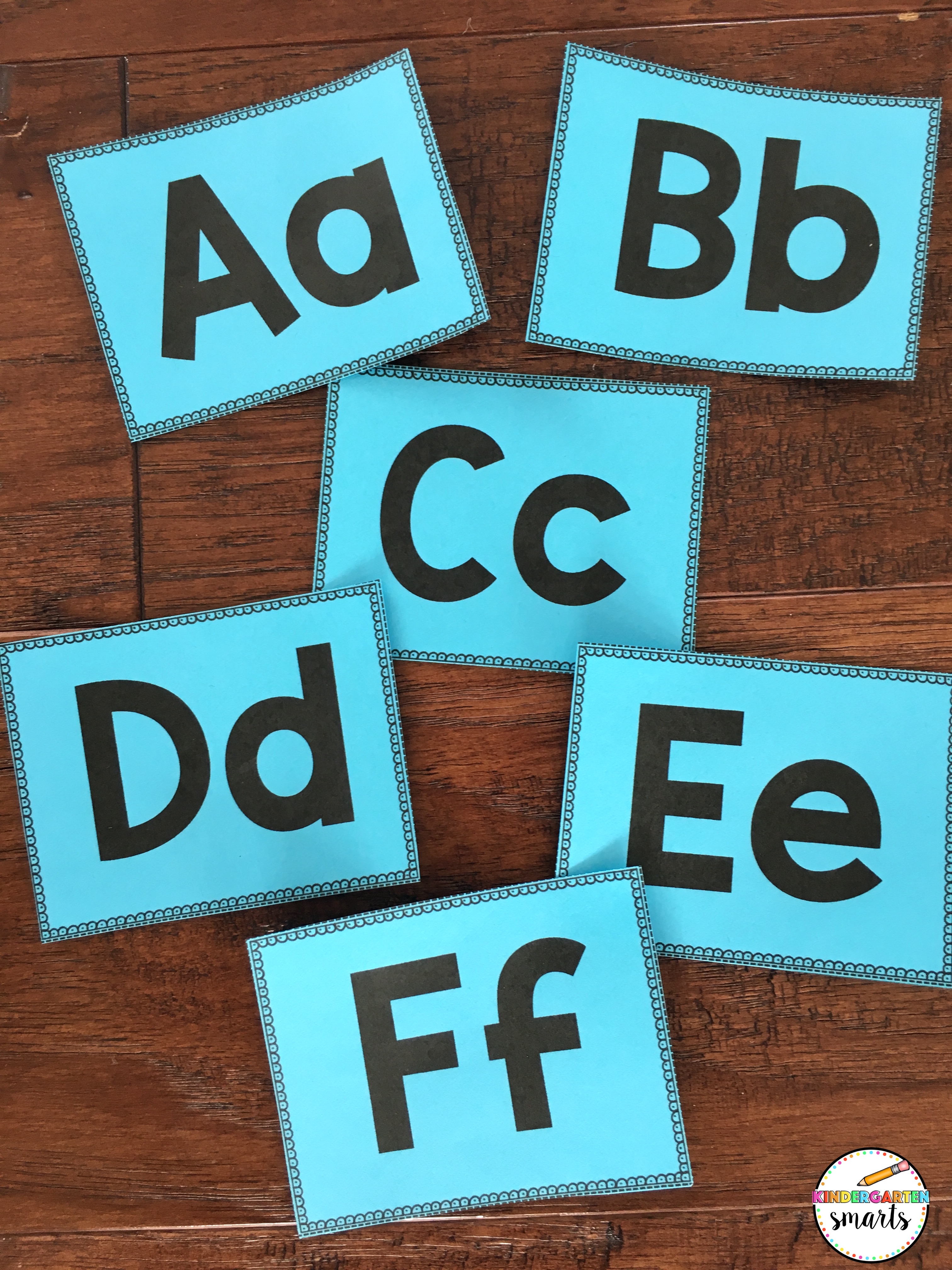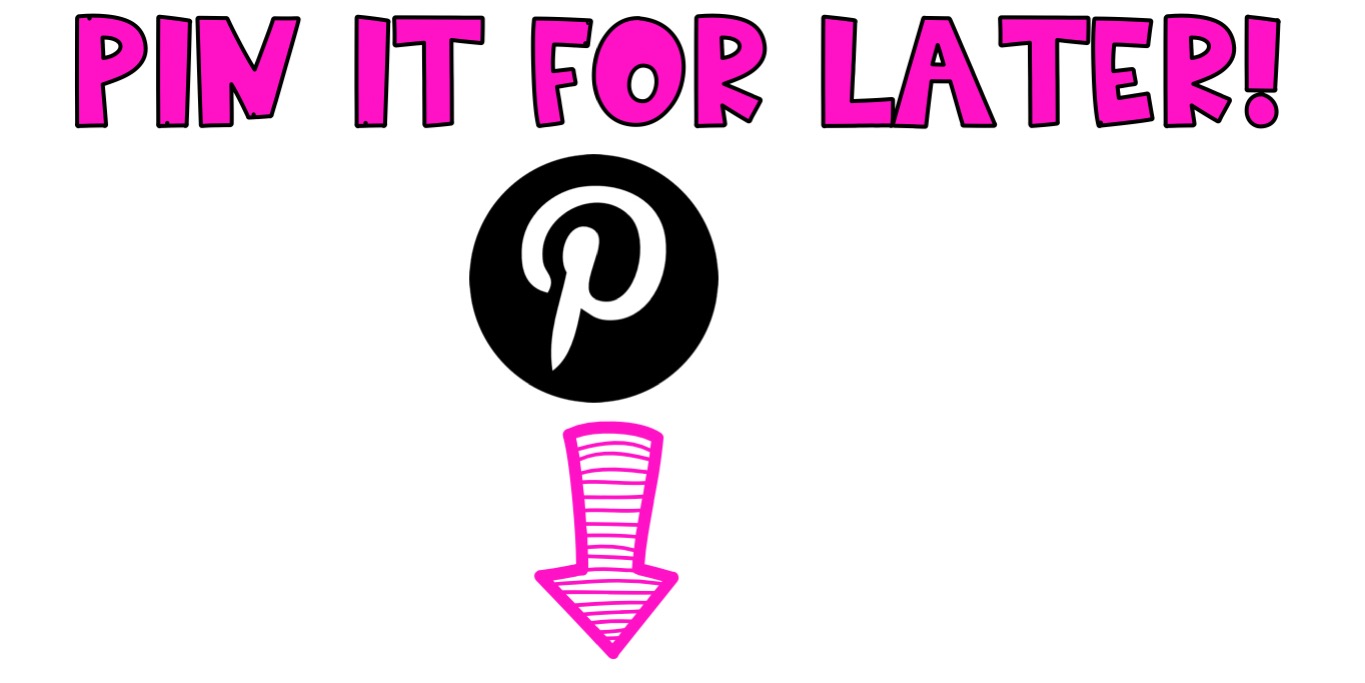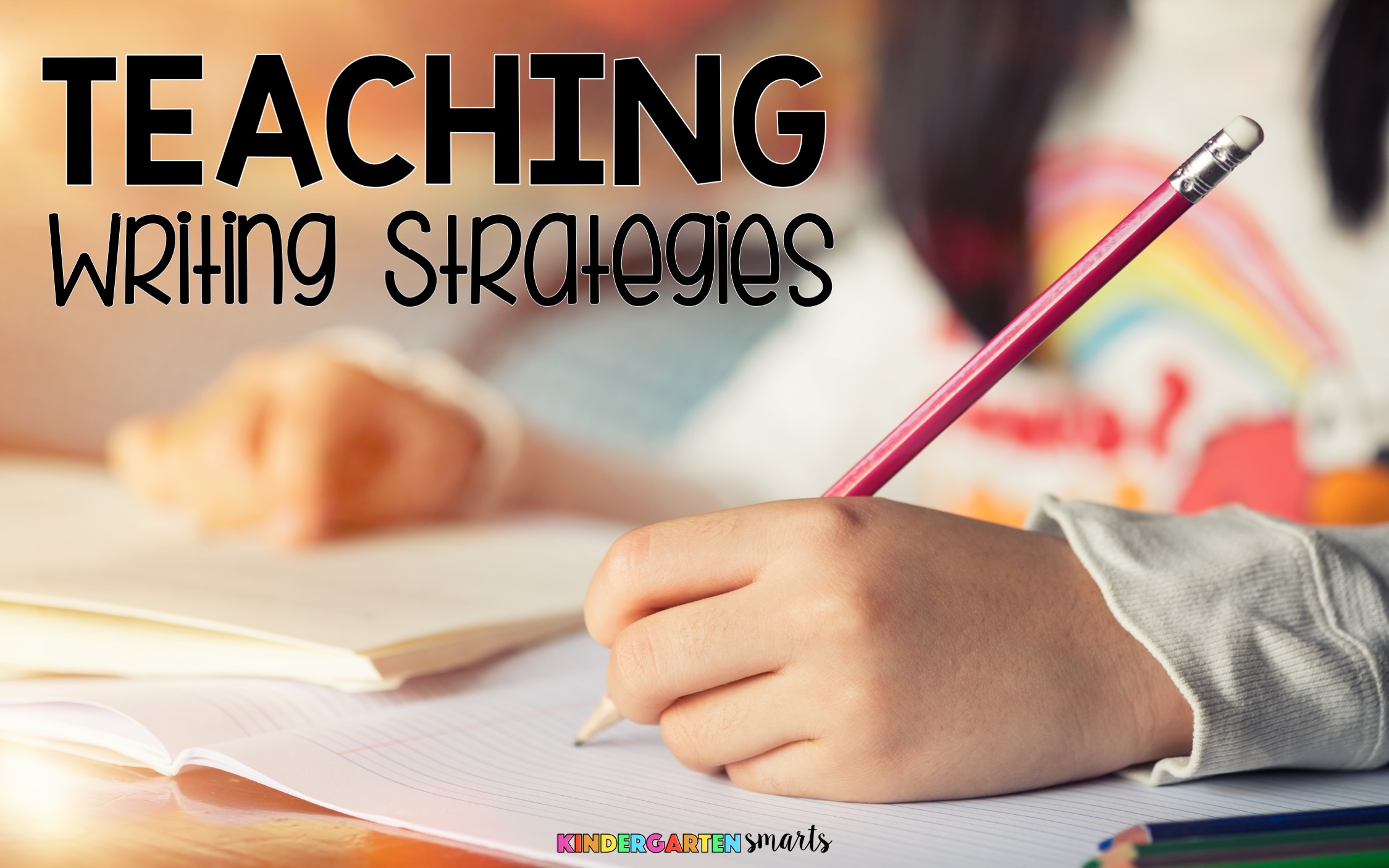4 Teaching Writing strategies for the middle and end of the school year.
In response to my post, Writing Strategies for the Beginning of the School Year, I am now ready to take their writing to the next level. This post will show you how I transition my students from basic writers to more advanced writers. Take a look at how we transform our simple sentences by using graphic organizers and our word wall. Keep in mind I have also been teaching my students how to read and write CVC words during the past month so their phonemic awareness is now much better than at the beginning of the school year. During our reading block, I also teach them how to form simple sentences with CVC words (i.e. I see a cat. I like a hat.). We basically are practicing reading and writing all day long besides, of course, math time 😉
This post talks about teaching writing strategies for the middle and end of the school year. To read more about the beginning of the school year strategies, click here.
1. Focus on the fundamentals.
It is important to focus on sentence structure. Capital letters, finger spaces, punctuation, letter formation, and phonetic spelling are key elements to being a successful writer. One of my favorite things is to watch students start to create some really strong sentences using all these elements mentioned above. It’s great because you can integrate these strategies throughout the day in your reading block and then into writing.
I always start with writing CVC words and how to sound it out phonetically.
We do this during the whole group reading lesson while students have their own white boards and markers to write with.
- We start by writing the CVC word 3 times and then we put that word into a sentence. I have my sentence starters posted on sentence strips. They can choose how that word fits into the sentence and write that on their white board.
- I talk about using a capital letter at the beginning, using finger spaces, sounding out the cvc word, and using punctuation at the end.
- We do this process every day during our reading block for the entire year. This sentence practice becomes second nature to them. They learn how to thick quickly by putting that key word we just sounded out into a sentence.
Aside from doing this sentence practice during a whole group lesson, I also do this exact same strategy during our guided reading group time.
This is a time where I can focus more on the individual student’s needs.
- We also use journals with the dotted lines and pencils. I focus on their handwriting and making those finger spaces so we have nice neat sentences.
- Depending on the level of the group, I talk about adding more information to their sentences. For example: ‘I see a dog.’ This sentence is ok, but lets make it more exciting. What does the dog look like? What is the dog doing? Many students change their sentences to ‘I see a brown dog.‘ Or ‘I see a dog running.’ By adding more details to the sentence, this creates another lesson on how to sound out unfamiliar words phonetically.
All of this practice during our reading block, is a perfect set up for our writing block!
It is also important for students to be practicing these skills independently at their literacy stations. This activity is perfect for sentence practice.
2. Use graphic organizers to help with their thoughts
By the middle of the year, we have covered a good amount of sight words that can be used in our sentences. We last left off at simple sentences (I am Sarah.) and labeling pictures according to prompts. I then usually add another sentence to something that we can do.
- For example, I give the class the prompt: “What is something that you can do at recess?” We fill out a circle map together as a class.
- I write the word recess in the middle of the map and then on the outside we fill it in with lots of ideas. This is a great visual for students to see all the options that are out there before they go back to their seats to begin writing.
- Using a graphic organizer is also a great way for students to think before they write. It gives them direction and takes away that overwhelming feeling of “what do I write about?” For more tips and strategies check out my blog post Graphic Organizers for Writing.
3. Refer to the word wall when writing
I like to model how I find sight words on the word wall, and how we can use that to our advantage when writing words we aren’t sure of. Since sight words are not meant to be sounded out, we just need to recognize them when reading them and writing them.
- I like to alphabetize my word wall in ABC order this way it’s super easy to find a word. If I am trying to write the word when in my sentence, I model how I can listen for the first sound in the word /wh/. I know that begins with w so I am going to search under the w list for the word when.
- I model how I find the word what, but that ends in a /t/ sound and when ends in a /n/ sound, so that can’t be it. I try my best to show them how to find the word using their logic. I do tell them at any point if they are still not sure, they can ask a friend to help point it out to them.
To create your own word wall, grab these easy prep, no frills word wall headers for FREE! I love to print them on colored paper to give them an extra pop.

CLICK HERE TO DOWNLOAD for FREE!
4. Use nonfiction books to guide their writing.
Students love to write about nonfiction. Each week we pick a topic whether it’s all about bats, dogs, sharks, whales, fish, you name it! I mean, right there I just gave you 5 weeks of lesson ideas 😉 Or if you don’t want to stick to the same topic all week, you could do ‘sea animals’ and pick a different one each day to cover.
- So for example, day 1: jellyfish, day 2: sharks, day 3: dolphins, day 4: sting rays, day 5: starfish.
- I go to the school library and find the most kid-friendly books possible to use for our research on these topics.
- I like to pick 5 different books and read one each day. I always read the book during our writing lesson. We talk about the things we have learned in the book together.
- I make a circle map with ‘sharks’ in the middle and we talk about the things we learned together as a class and I write them down.
- I try to add a little drawing if possible next to my words so we can remember quickly when we go back to write about it.
My student’s have absolutely loved nonfiction writing time. They become experts on these topics because we really take our time to learn about it.
Need more writing strategies? Click on the image below!

Join the newsletter
Sign up for exclusive freebies and teaching tips here!







Leave a Reply